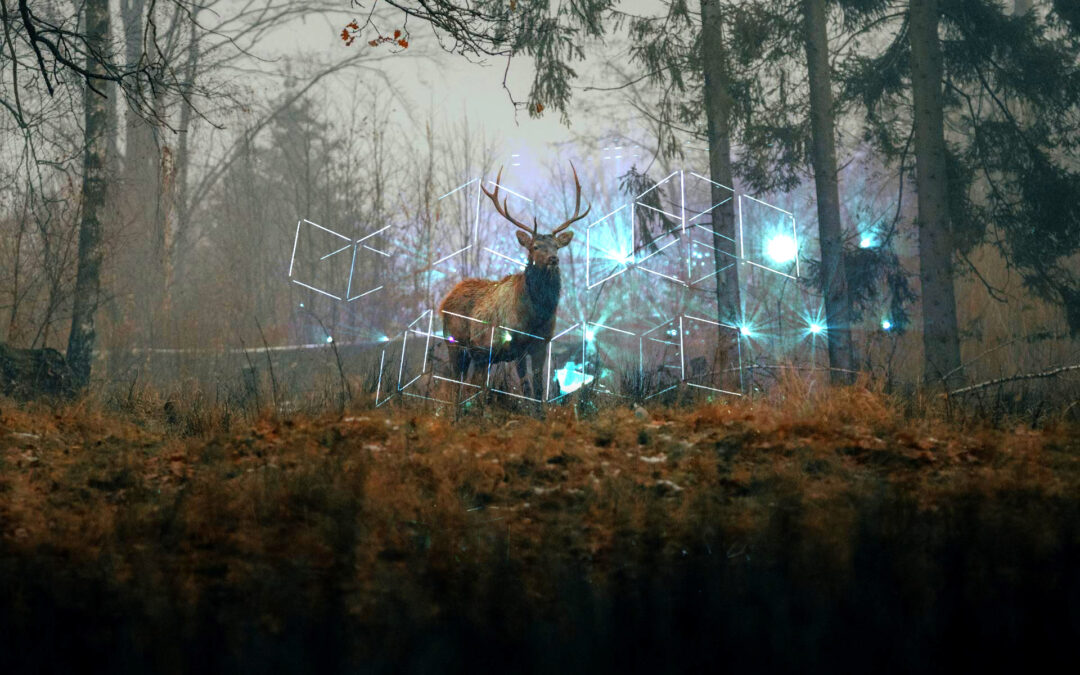White-tailed deer, the elusive monarchs of the forest, have long captivated the imagination of hunters, ecologists, and wildlife enthusiasts alike. Their movement patterns, influenced by a myriad of factors including seasonality, weather conditions, and habitat changes, have traditionally been challenging to predict with precision. However, with the advent of cutting-edge technology, a new era of understanding and predicting white-tail movement has dawned. In this blog post, we delve into the innovative tools and techniques revolutionizing our ability to anticipate the movements of these majestic creatures.
The Evolution of Tracking Technology
Traditional tracking methods, such as radio collars and GPS tags, have provided valuable insights into deer movement over the years.
Recent advancements in GPS technology have led to the development of smaller, more accurate tracking devices capable of recording intricate movement data in real-time.
Satellite imagery and remote sensing technologies offer additional layers of information, enabling researchers to analyze habitat characteristics and vegetation dynamics at a finer scale.
Data Analytics and Machine Learning
The sheer volume of data generated by modern tracking devices necessitates sophisticated analytical tools. Machine learning algorithms, trained on vast datasets of deer movement patterns, can identify underlying trends, and predict future behavior with remarkable accuracy.
By integrating environmental variables such as temperature, precipitation, and vegetation density, predictive models can anticipate how these factors influence white-tail movement across different seasons and landscapes.
Collaborative Research and Citizen Science
Collaboration between researchers, wildlife agencies, and citizen scientists is crucial for gathering large-scale data on white-tail movement. Citizen science initiatives, such as crowd-sourced wildlife sightings and trail camera networks, provide valuable contributions to research efforts.
Open-access databases enable scientists to share data and collaborate on interdisciplinary studies, fostering innovation in the field of wildlife ecology.
Applications for Conservation and Management
Predictive models of white-tail movement have profound implications for wildlife conservation and management strategies. By identifying critical corridors and habitat hotspots, conservationists can prioritize areas for protection and restoration efforts.
Wildlife management agencies can use predictive insights to optimize hunting regulations, mitigate human-wildlife conflicts, and promote sustainable deer populations.
As we unlock the secrets of white-tail movement with new technology, we gain a deeper appreciation for the intricate dynamics of wildlife ecology. By harnessing the power of advanced tracking devices, data analytics, and collaborative research efforts, we are poised to usher in a new era of predictive wildlife management. With each technological breakthrough, we inch closer to unraveling the mysteries of the forest and ensuring a harmonious coexistence between humans and the majestic creatures that roam our wilderness. For additional tips on hunting whitetail deer visit our website at https://oakcreekwhitetailranch.com/


Recent Comments